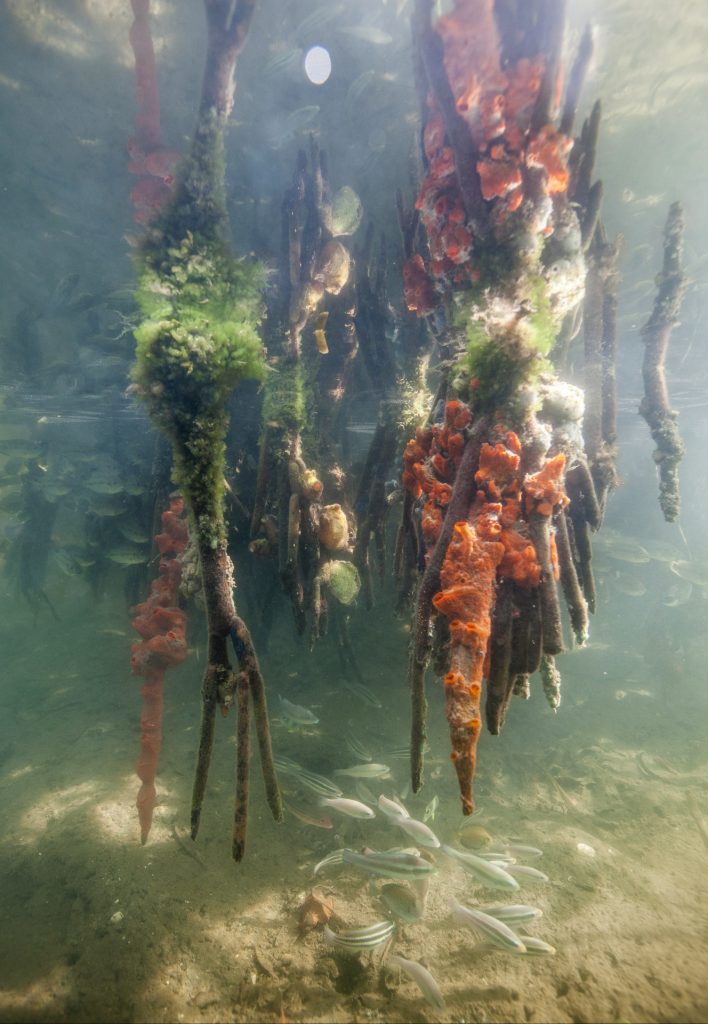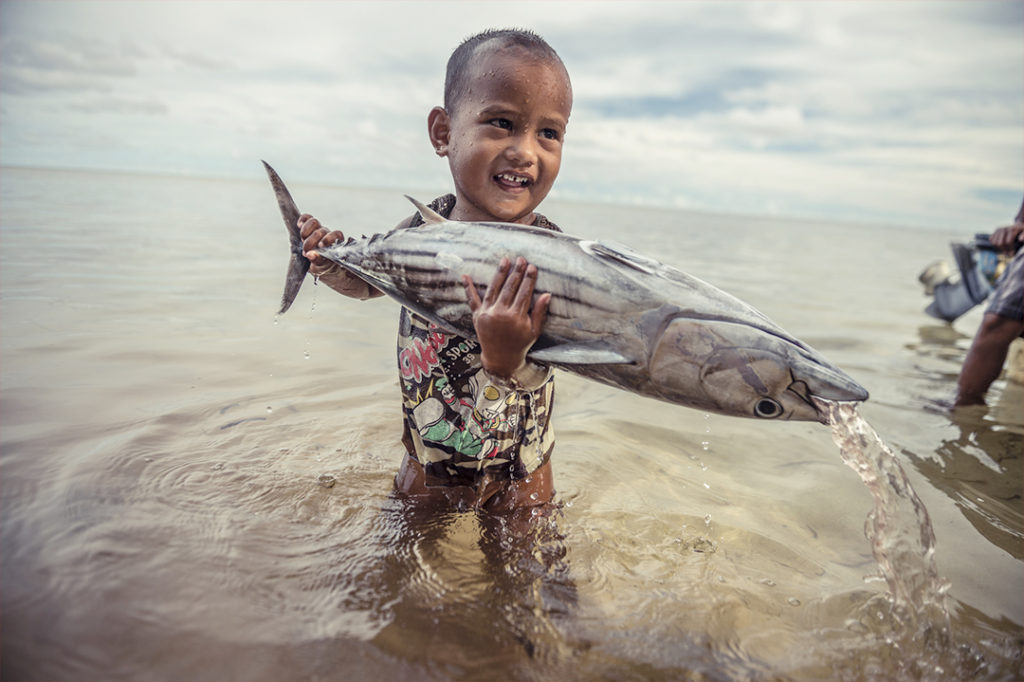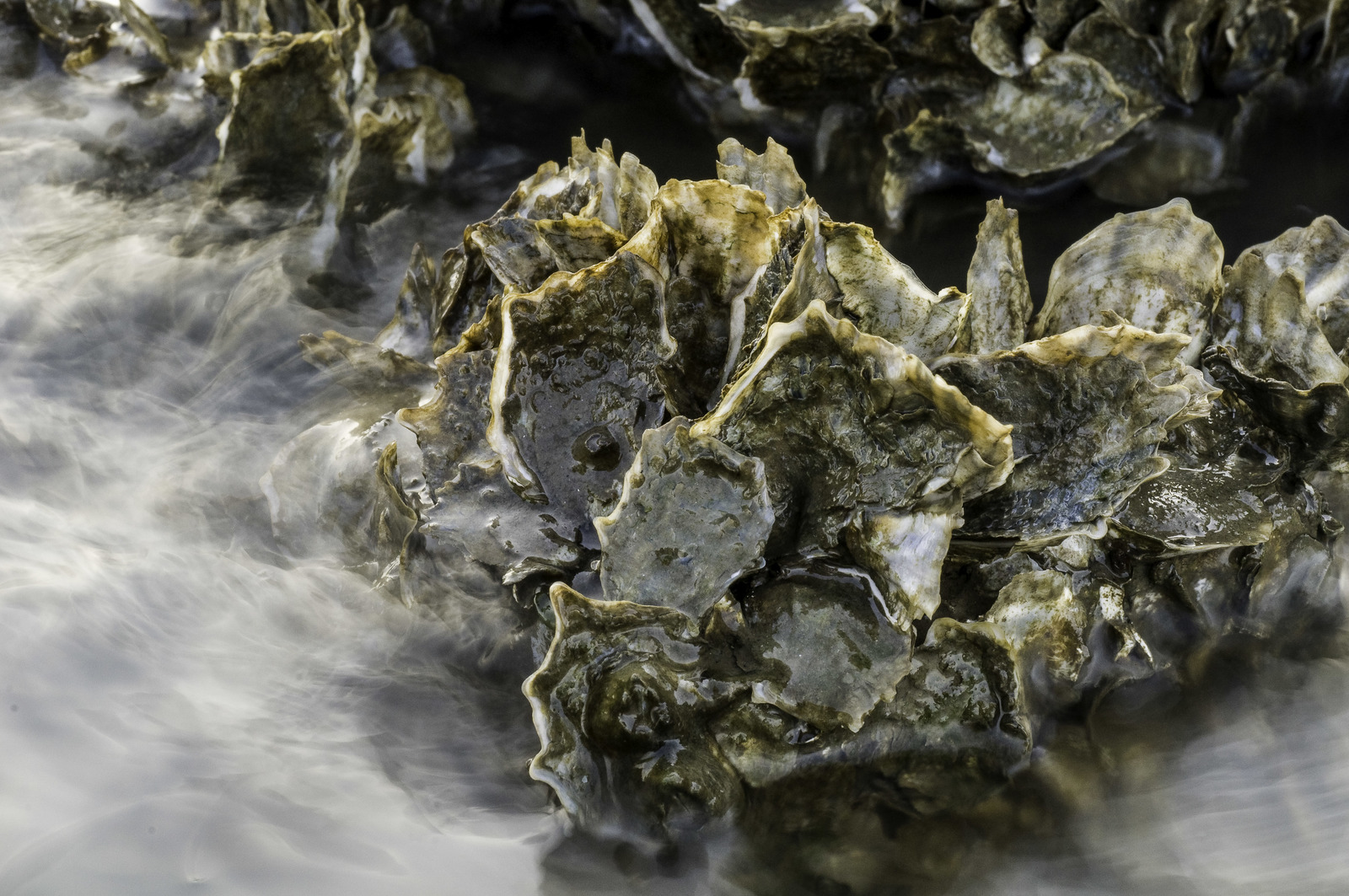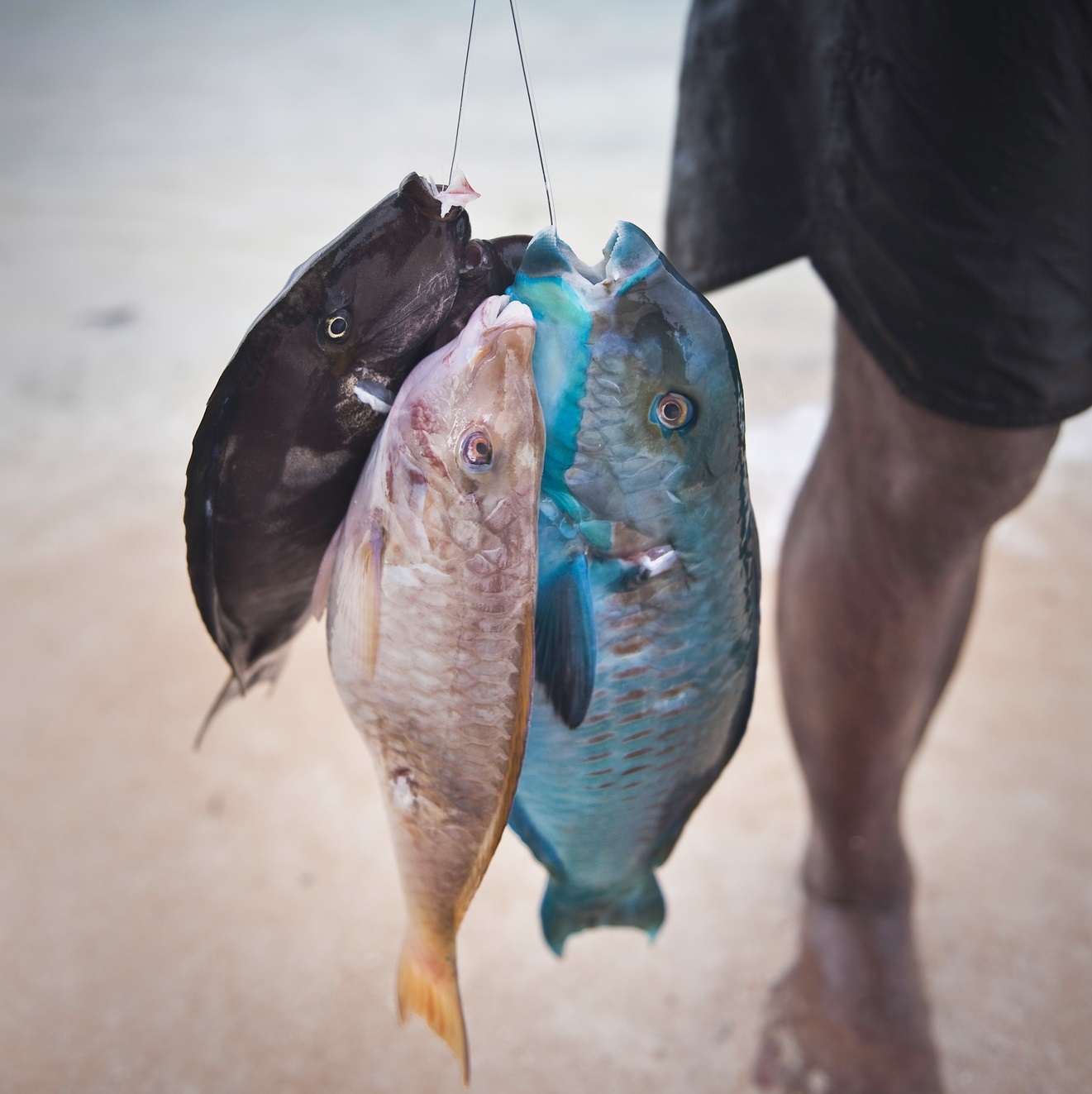
Coastal Bays
In coastal bays, habitat-forming animal populations are also major contributors to ecosystem services. Sponges of all shapes and sizes adorn the bottom of many coastal bays. In Florida Bay, sponges likely filtered the entirety of the bay every three days historically, maintaining clear waters that supported vast fish-producing seagrass meadows. A recent and dramatic reduction in sponge populations in Florida Bay has resulted in a four- to twenty-fold decrease in water clarity, and a marked decline in seagrass abundance, prompting both restoration of sponges and renewed calls for restoration “uphill” to reduce nutrient pollution entering the fresh water coming from the Florida Everglades.

Offshore Ecosystems
While some of the most important small-scale fisheries and recreationalfisheries take place close to shore, many commercial fisheries take place further from shore, including benthic fishing (fishing for species closely linked to seabed habitats, such as cod) and pelagic fishing (fishing for species that are free ranging in the open waters, such as tuna).
Rocky Reefs and Sargassum
In high latitudes that are unsuitable for mangroves, rocky reefs and sargassum (large seaweed) fill the role of enhancing fish production in coastal ecosystems, such as the northern Gulf of California. These habitats can act as areas of refuge for large, high value fish, such as grouper.



